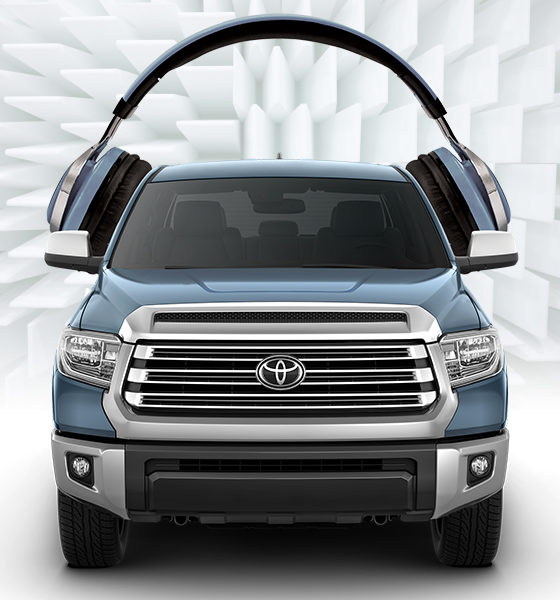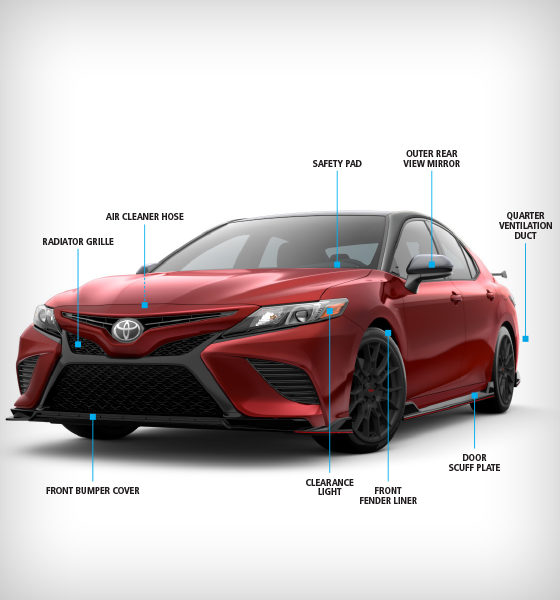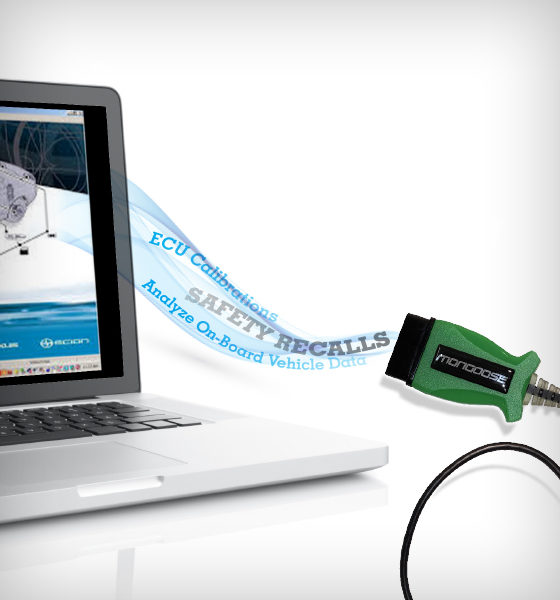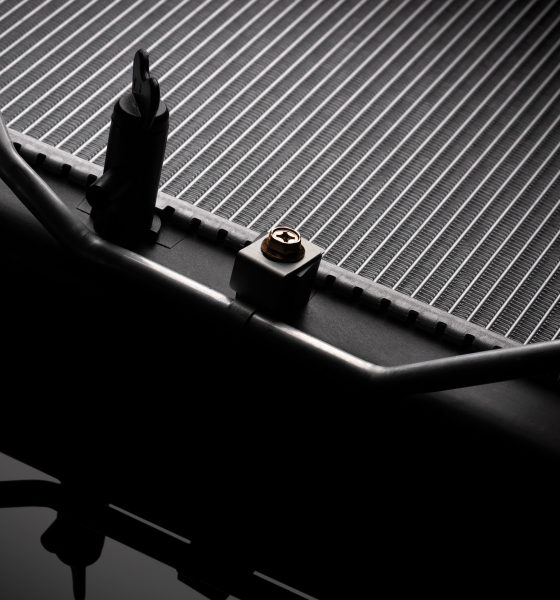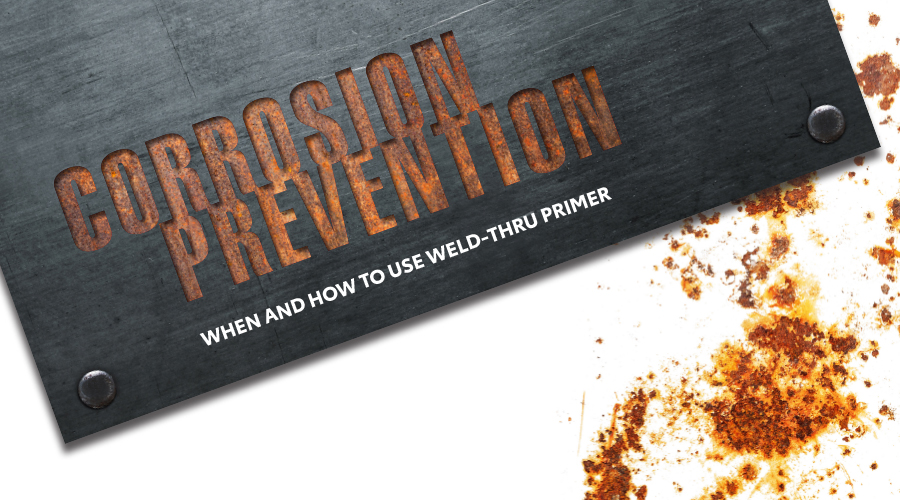
Collision Pros Magazine 2020 | ISSUE 01
CORROSION PREVENTION
WHEN AND HOW TO USE WELD-THRU PRIMER
YOU KNOW A PROPER REPAIR IS MORE THAN JUST RESTORING THE
APPEARANCE OF A VEHICLE—it’s protecting the vehicle from corrosion
and damage down the line. Following Toyota’s established corrosion prevention processes helps to ensure that the vehicle you repair can Perform as designed for years to come.
WHY IS WELD-THRU PRIMER USED?
Over time, metal reacts with the environment and can deteriorate, or corrode, when liquids, gasses, and other contaminants affect its strength and appearance. Coatings like weld-thru primer, epoxy primer, paint, seam sealer, and cavity waxes are commonly used to help protect to protect bare metal from corrosion and rust. Specifically, Toyota requires the use of
weld-thru primer during welding procedures on collision repairs to help prevent corrosion and rust where two metal pieces are welded together.
WHAT IS WELD-THRU PRIMER?
Weld-thru primer may be confused with paint primer, but they have entirely different uses. Weld-thru primer is used to protect bare metal from corrosion during the collision repair process, whereas paint primer is used to cover surface flaws and provide a proper foundation for the paint.
Weld-thru primer is usually made with zinc; however, some are copper based. For collision repairs on Toyota and Lexus vehicles, zinc-based primer must be used (consult the repair manual) during welding procedures because these vehicles are manufactured using an e-coat process. Zinc is also more resistant to corrosion than other types of primers, such as those made with copper.
HOW MUST WELD-THRU PRIMER BE USED DURING THE COLLISION REPAIR PROCESS?
Before welding, weld-thru primer is sprayed or brushed onto the bare metal around the welding area. During the welding process, the weld-thru primer liquefies and galvanizes the metal around the weld which helps protect the metal from future corrosion. It helps provide permanent rust protection on the inner edges of the welded metal pieces. For the best results when using a weld-thru primer:
- The area to be welded should be thoroughly clean, bare metal.
- Remove any paint or protective coatings, clean the surface with a solvent and sand lightly.
- Coat the bare metal surface, including any overlaps, with weld-through primer.
- Let the primer cure thoroughly before welding to ensure the zinc bonds properly to the metal.
- After welding, remove any remaining weld-through primer before painting to ensure paint will adhere to painted surfaces.
When new customers come into your shop, they expect their vehicle to be returned to factory specifications. So, it’s important to properly apply corrosion preventative compounds (i.e. anti-chipping coatings, seam sealers, anti-rust agents, etc.) that will help inhibit the development of corrosion and rust and help maintain vehicle value. By consistently following Toyota and Lexus repair recommendations, you can help to ensure the best repair outcome resulting in an experience your customers will be happy to share with friends and family.
Additional information on vehicle-specific seam sealer specifications can be found in the Toyota/Lexus Repair Manuals for Collision Damage. To reduce the chances of corrosion resulting from collision repairs, refer to the following Collision Repair Information Bulletins (CRIBs):
- CRIB #181: Welding Specifications and Substitutions
- CRIB #186: Corrosion Prevention for Collision Repair
- CRIB #63: Repair Procedures for Rust-Resistant Sheet Metal
- CRIB #57: Pinch Weld & Frame Clamping
- CRIB #127: Glass Replacement
- CRIB #163: Sealing Hem Flanges & Body Seams
FOR ACCESS TO COLLISION REPAIR MANUALS AND CRIBS, go to Toyota’s Technical Information System website (TIS) https://one.tis.toyota.com
